 您的购物车当前为空
您的购物车当前为空
(-)-(S)-Equol
一键复制产品信息产品编号 T6491Cas号 531-95-3
别名 雌马酚, Equol, 4',7-Isoflavandiol, 4',7-Dihydroxyisoflavan, (−)-Equol
(-)-(S)-Equol (4',7-Dihydroxyisoflavan) 是雌激素受体β的高亲和力配体。
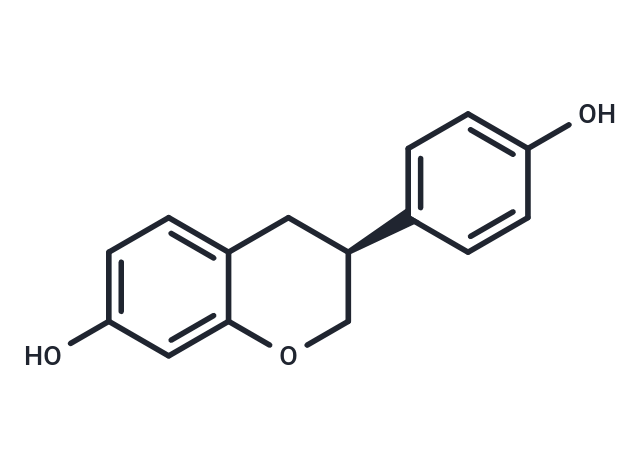
(-)-(S)-Equol
一键复制产品信息产品编号 T6491 别名 雌马酚, Equol, 4',7-Isoflavandiol, 4',7-Dihydroxyisoflavan, (−)-EquolCas号 531-95-3
(-)-(S)-Equol (4',7-Dihydroxyisoflavan) 是雌激素受体β的高亲和力配体。
| 规格 | 价格 | 库存 | 数量 |
|---|---|---|---|
| 1 mg | ¥ 185 | In Stock | |
| 5 mg | ¥ 413 | In Stock | |
| 10 mg | ¥ 578 | In Stock | |
| 25 mg | ¥ 970 | In Stock | |
| 50 mg | ¥ 1,730 | In Stock | |
| 100 mg | ¥ 2,580 | In Stock | |
| 500 mg | ¥ 5,930 | In Stock | |
| 1 mL x 10 mM (in DMSO) | ¥ 455 | In Stock |
大包装 & 定制
加入购物车
TargetMol 的所有产品仅用作科学研究或药证申报,不能被用于人体,我们不向个人提供产品和服务。请您遵守承诺用途,不得违反法律法规规定用于任何其他用途。
(-)-(S)-Equol 相关产品
更多
产品介绍
生物活性
化学信息
| 产品描述 | (-)-(S)-Equol (4',7-Dihydroxyisoflavan) is an orally bioavailable, non-steroidal estrogen naturally produced by the metabolism of the isoflavonoid daidzein by human intestinal microflora, with potential chemoprotective and estrogen receptor (ER) modulating activities. S-equol preferentially binds to and activates the beta isoform of ER in certain target tissues, while having an antagonistic effect in other tissues. This modulates the expression of ER-responsive genes in a tissue-specific manner. This agent may increase bone mineral density, affect vasomotor symptoms, and may decrease the proliferation rate of susceptible cancer cells. In addition, this agent interferes with the activity of enzymes involved in steroid biosynthesis. S-equol inhibits dihydrotestosterone (DHT) production and may inhibit the proliferation of androgen-driven prostate cancer. S-equol is the biologically active enantiomer while R-equol is essentially inactive and has a weak affinity for alpha-ER. |
| 靶点活性 | ERRβ:0.73 nM(Ki) |
| 体外活性 | Equol是由肠道微生物作用于大豆植物雌激素daidzein产生的代谢产物。该化合物对两种ER(雌激素接受器,包括ERalpha和ERbeta)具有更高的亲和力。Equol以R-equol和S-equol的对映异构体存在,其中S-equol对ERbeta具有较高的结合亲和力,Ki值为16 nM;而R-equol的结合力相对较弱,偏好与ERalpha结合,Ki值为50 nM。[1] 在抗氧化活性方面,Equol优于所有其他异黄酮。[2] Equol具有抗雌激素特性。[3] 在刺激雌激素反应方面,Equol的效力是daidzein的100倍。与daidzein相比,Equol在与3 H-雌二醇竞争结合到ER时更为有效。Equol以浓度依赖的方式促进MCF-7细胞的生长。尽管Equol表现出雌激素活性,但将MCF-7细胞同时暴露于Equol和雌二醇中,可以有效降低pS2 mRNA表达,从而导致ER mRNA表达的下调。[4] |
| 细胞实验 | Each well of a 24-well plate is seeded with 1 × 105 MCF-7 cells in 1 mL of media B. Twenty-four hours after plating, equol at the indicated concentration is added. Equol is dissolved in ethanol (final concentration of ethanol in the medium is 1%). The medium is changed every 24 hours and equol is replenished with each change. Cell growth is determined on the sixth day by the sulphorhodamine colorimetric assay. After colour development, aliquots are pipetted into a 96-well microtitre plate and the absorbance is determined at 570 nm using an Elisa microplate reader.(Only for Reference) |
| 别名 | 雌马酚, Equol, 4',7-Isoflavandiol, 4',7-Dihydroxyisoflavan, (−)-Equol |
| 分子量 | 242.27 |
| 分子式 | C15H14O3 |
| CAS No. | 531-95-3 |
| Smiles | OC=1C=C2C(C[C@H](CO2)C3=CC=C(O)C=C3)=CC1 |
| 密度 | 1.286 g/cm3 |
储存&溶解度
| 存储 | Powder: -20°C for 3 years | In solvent: -80°C for 1 year | Shipping with blue ice/Shipping at ambient temperature. | ||||||||||||||||||||||||||||||||||||||||
| 溶解度信息 | DMSO: 45 mg/mL (185.74 mM), Sonication is recommended. Ethanol: 24.2 mg/mL (99.89 mM), Sonication is recommended. | ||||||||||||||||||||||||||||||||||||||||
| 体内实验配方 | 10% DMSO+40% PEG300+5% Tween 80+45% Saline: 2 mg/mL (8.26 mM), Sonication is recommended. 请按顺序添加溶剂,在添加下一种溶剂之前,尽可能使溶液澄清。如有必要,可通过加热、超声、涡旋处理进行溶解。工作液建议现配现用。以上配方仅供参考,体内配方并不是绝对的,请根据不同情况进行调整。 | ||||||||||||||||||||||||||||||||||||||||
溶液配制表 | |||||||||||||||||||||||||||||||||||||||||
Ethanol/DMSO
DMSO
| |||||||||||||||||||||||||||||||||||||||||
计算器
体内实验配液计算器
请在以下方框中输入您的动物实验信息后点击计算,可以得到母液配置方法和体内配方的制备方法:
剂量转换
对于不同动物的给药剂量换算,您也可以参考 更多
引用文献
关键词
评论列表
Related Tags: buy (-)-(S)-Equol | purchase (-)-(S)-Equol | (-)-(S)-Equol cost | order (-)-(S)-Equol | (-)-(S)-Equol chemical structure | (-)-(S)-Equol in vitro | (-)-(S)-Equol formula | (-)-(S)-Equol molecular weight



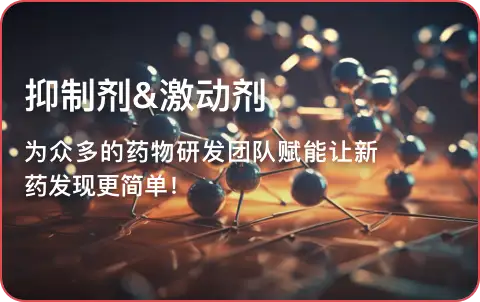


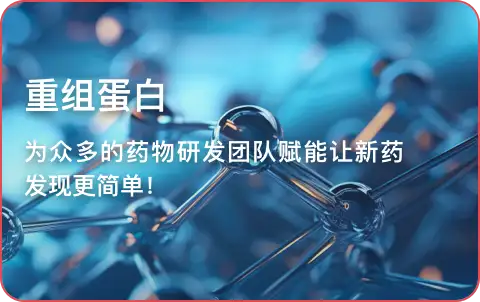
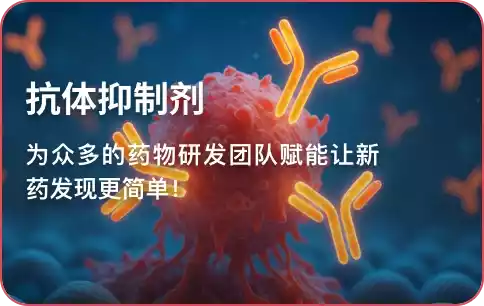

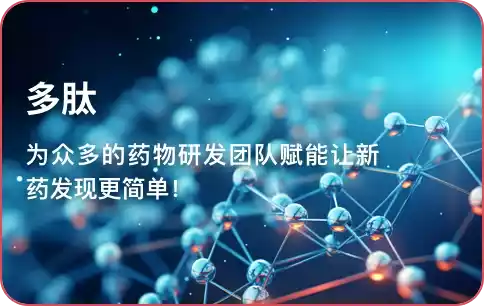
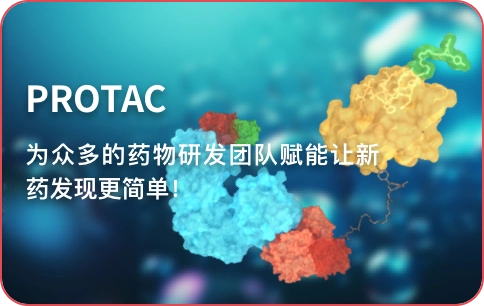




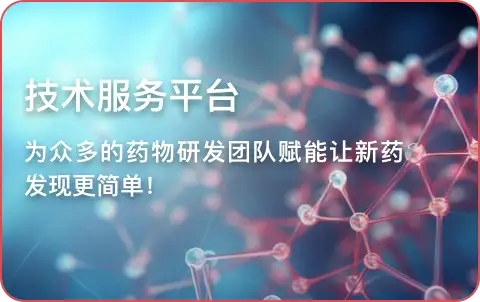
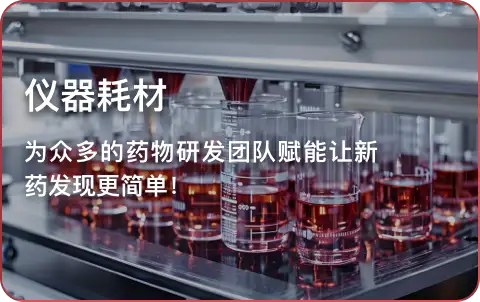
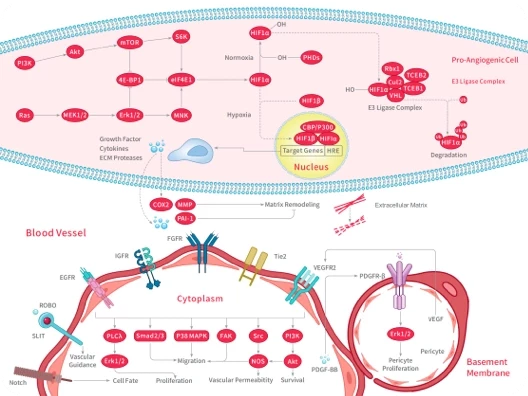
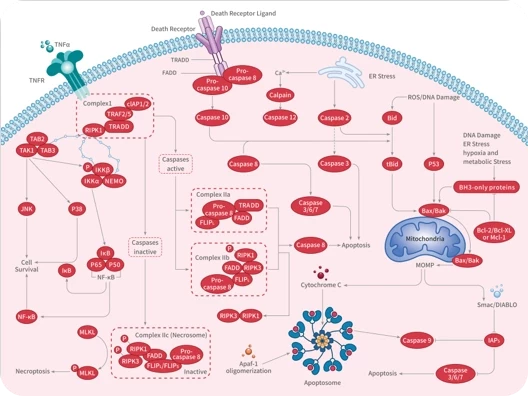
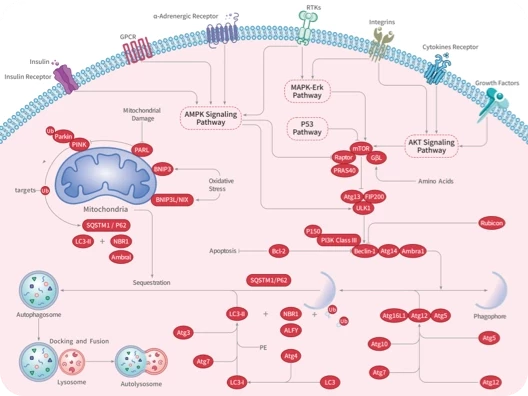

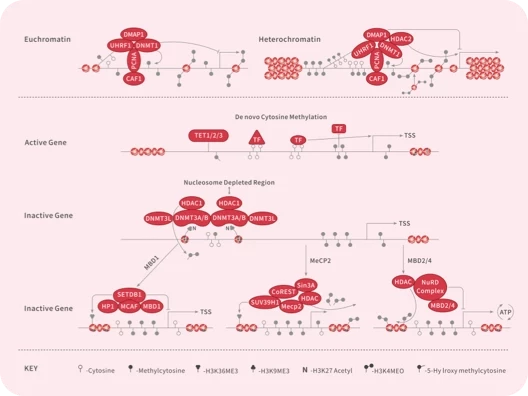
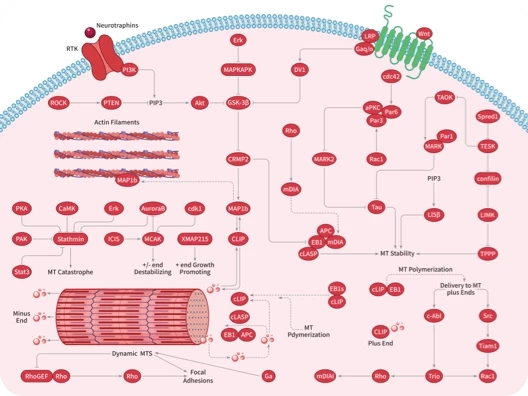
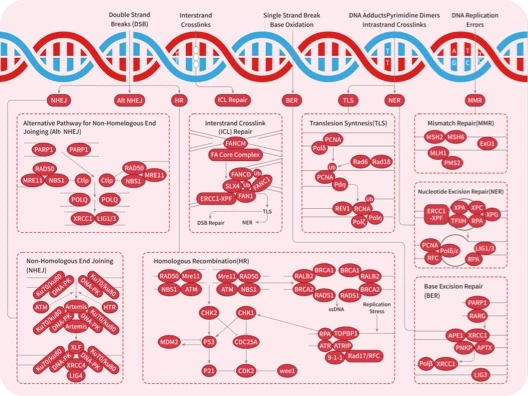
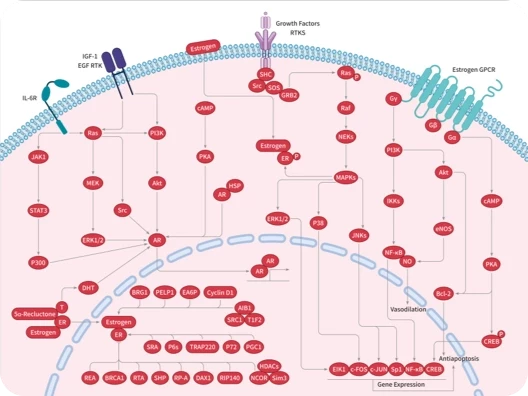
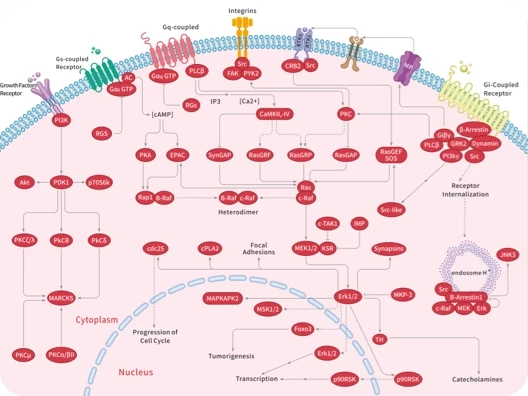
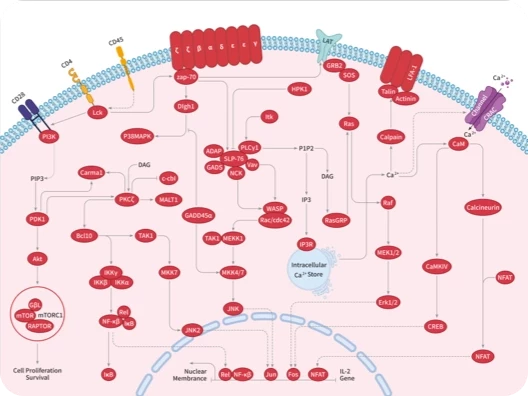
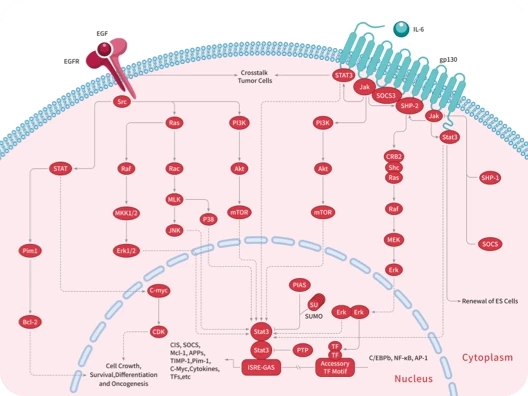
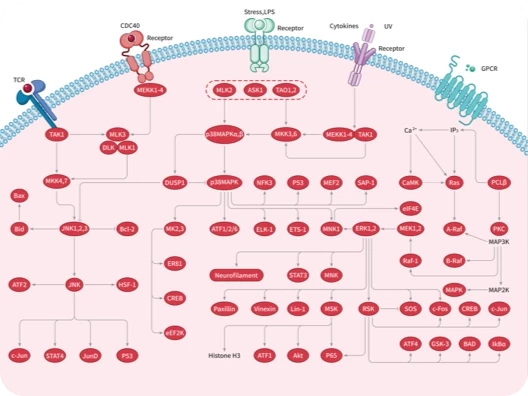
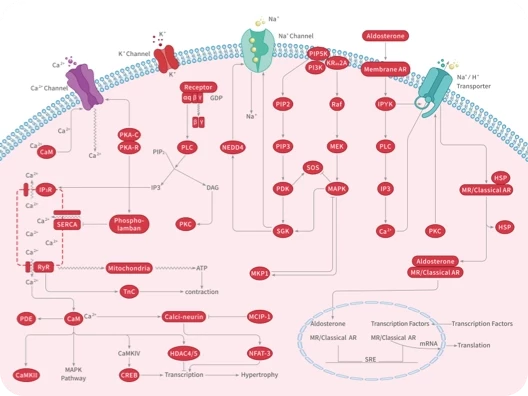
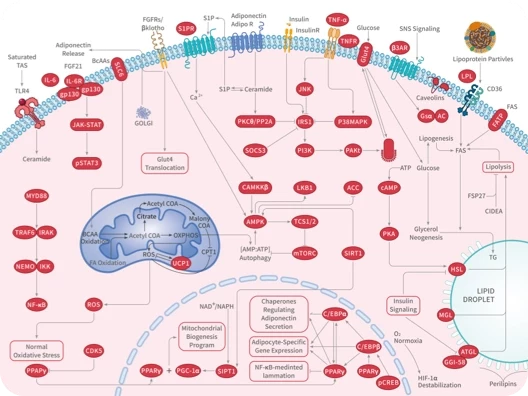
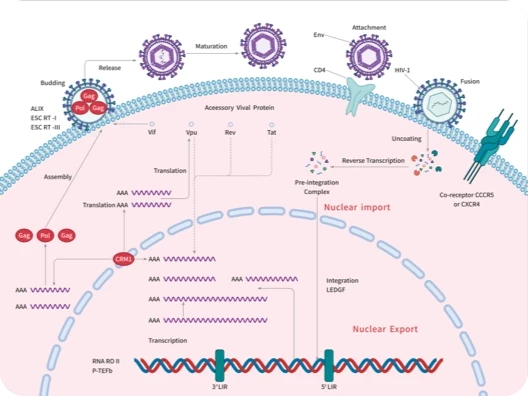


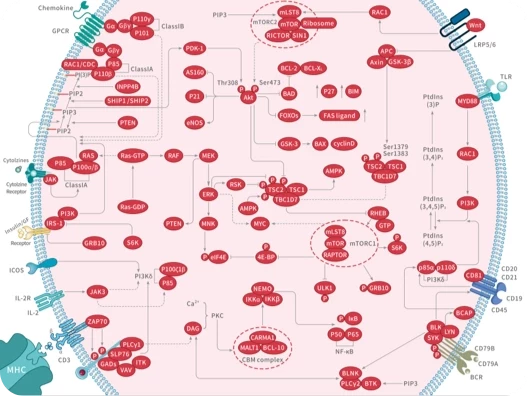
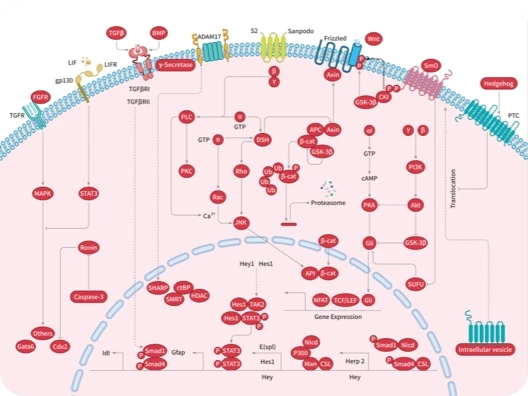

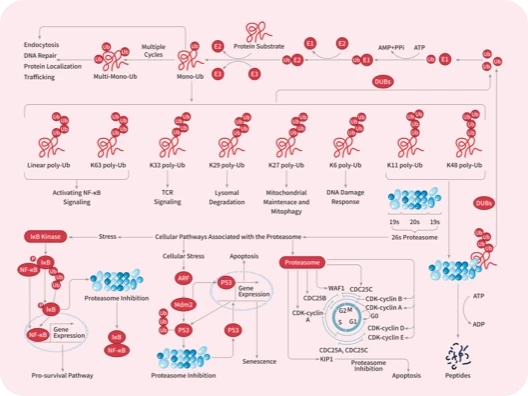


 还可以
还可以

 |
|
评论内容